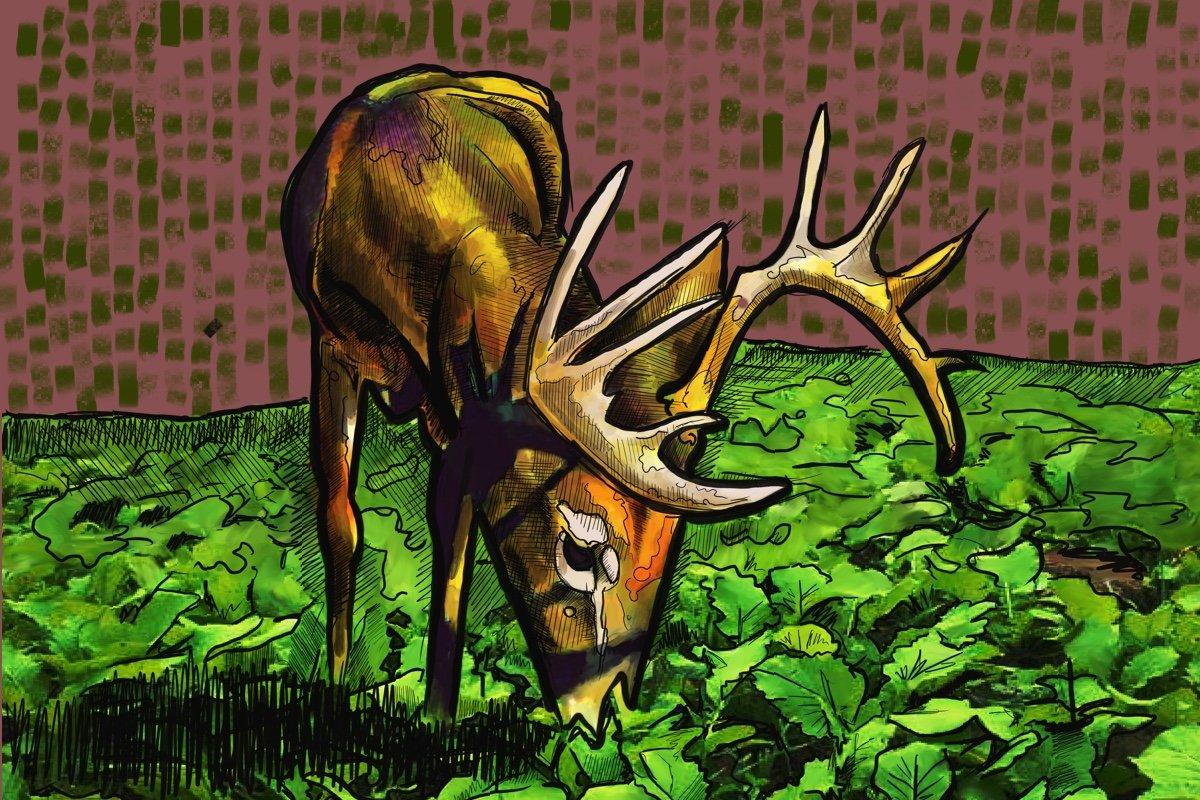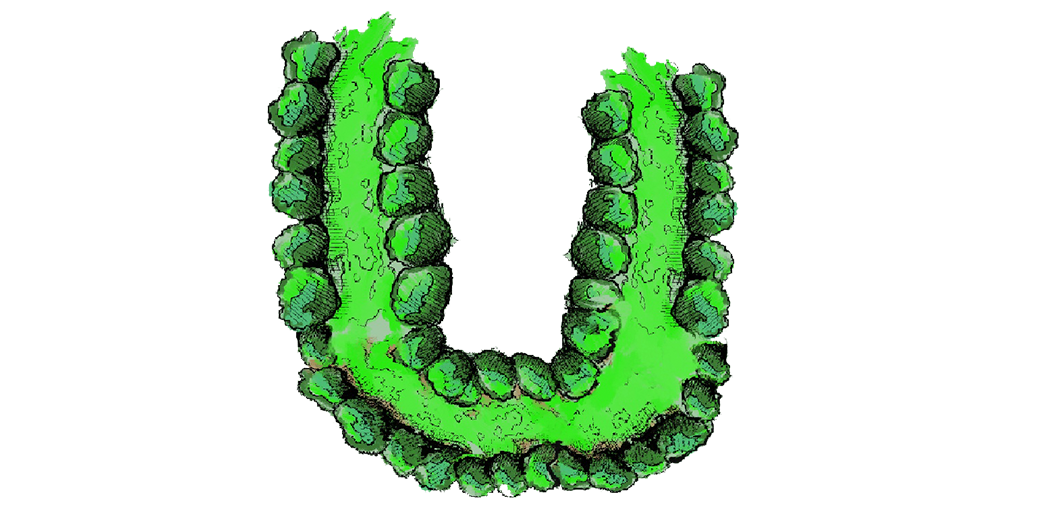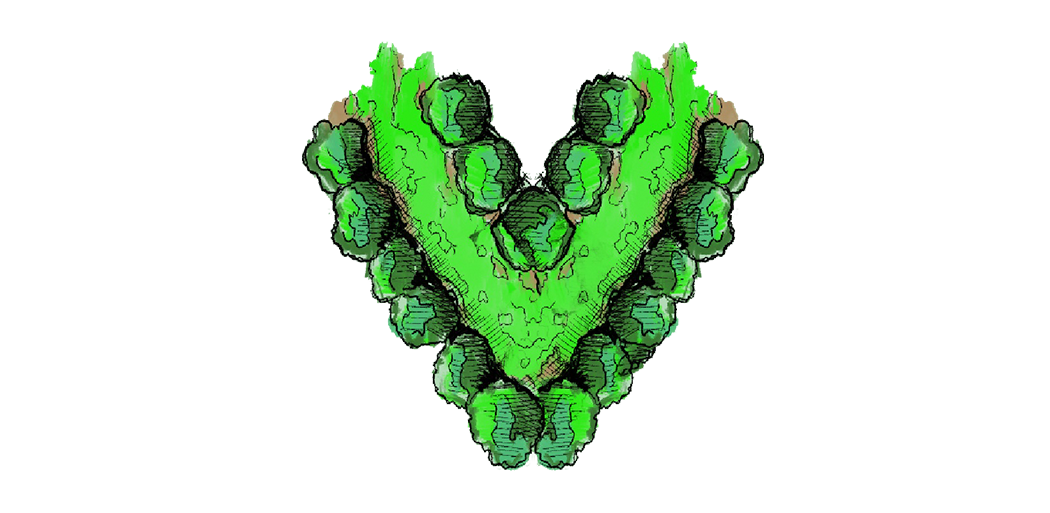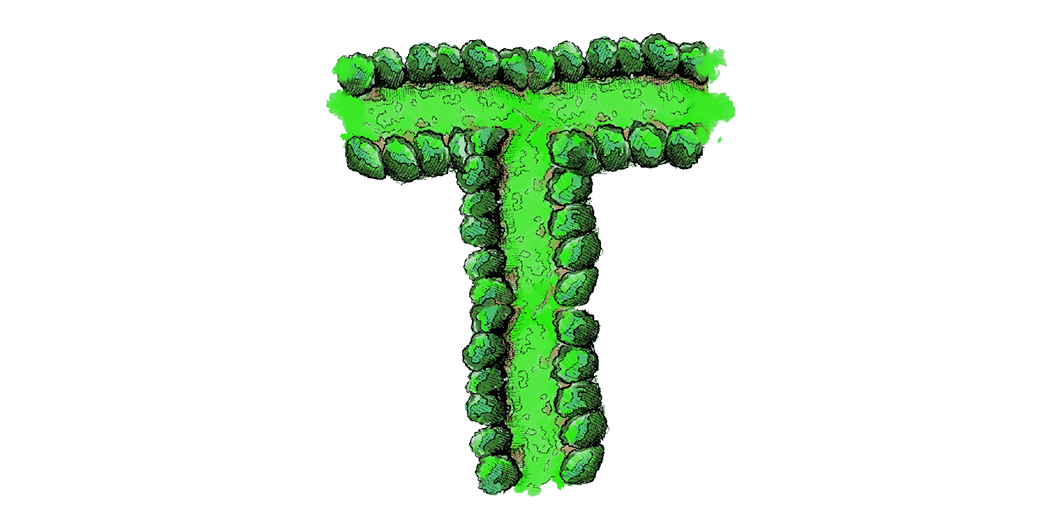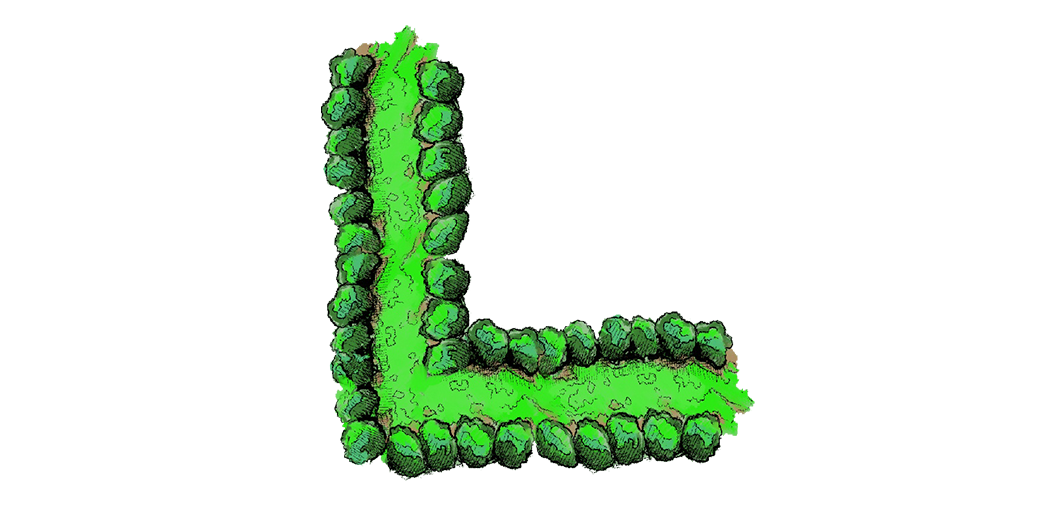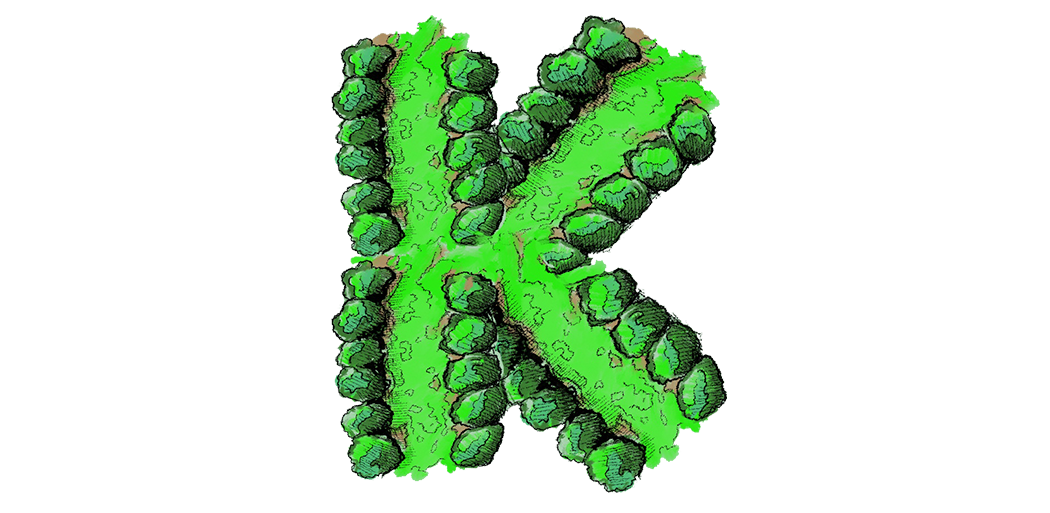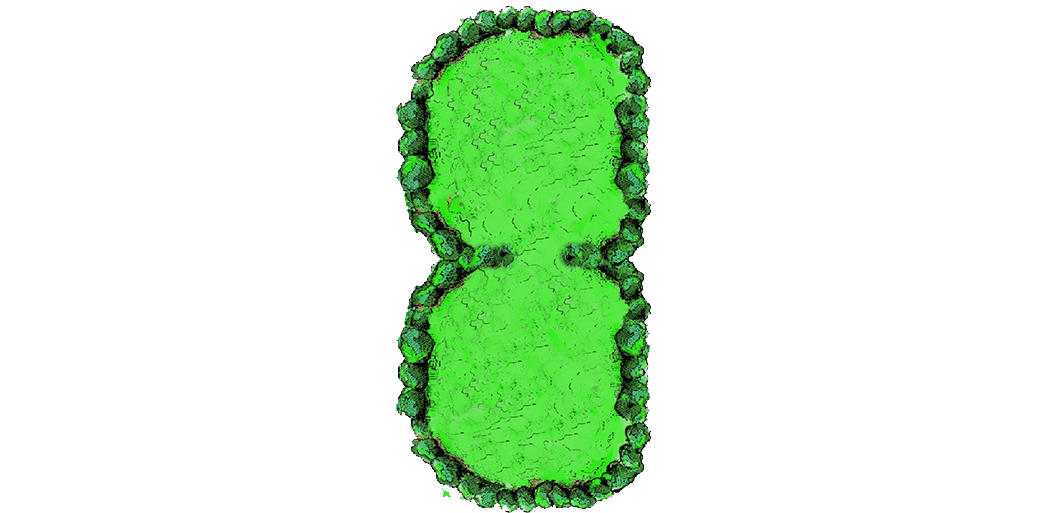Killer designs that'll feed your deer and funnel them into bow range
Squares and rectangles and circles ... oh my. Food plots shaped like that are almost as scary as lions and tigers and bears. Trust me, I've planted a lot of them. They can work but if you're a bowhunter, strategically shaping your plots will maximize the odds of close-range encounters.
Why Shape Matters
Deer are curious. Sure, bucks step into food plots to eat, but like teenage boys on the prowl, they also want to see who else is around. Rectangular and circular plots usually allow them to see the entire place from one point of entry. But other shapes force them to travel the length of the planted area, or most of it, to see what other deer might be chowing down. I've seen it happen time and again.
So what shapes work best? The decision depends on where the plot is located, the topography of the area you want to plant, prevailing wind directions, and how deer tend to use the property. Here are my favorites.
Don't Miss: Mess Hall Mixtures: 5 Food Plot Combos for Full-Season Attraction
U Plot
It doesn't matter where deer enter the U, chances are good they'll make it to the bend of the plot to see what's on the other side.
Hot Spots: This shape is good for three stand locations, but the bottom of the U is the best. Treat the tips of each leg as backup options for varying wind directions.
Hunt Play: If you plant this with a north-to-south orientation and deer aren't approaching from due south, the southern side of the bend in the U is perfect for any northerly wind.
V Plot
The V is even better than the U for hunting. Given that the lengths of each leg are the same, the U allows you to plant more forage. But the V shape is better for visibility and covering the entire plot. Deer will likely travel to see what's in the other leg of the V, just like in the U.
Hot Spots: The vertex of the V is the best location, and like the U, the tips of each leg are secondary options.
Hunt Play: Just like the U, if the mouth of the V faces north, and deer aren't bedding/approaching from south of the plot, the southern side of the V's vertex is a surefire spot for all northerly winds. It could be good for an east or west wind, too, depending on where deer approach from.
T Plot
The T is perfect for open ridgetops with long spines that slope downward on each side. The stem (vertical part) of the T should run along the spine of the ridge, while the arms (horizontal part) should run laterally down each slope.
Hot Spots: The optimal stand location is where the stem meets the arm, because it allows you to see the entire plot. And it's an area where most of the deer in the plot should eventually pass through.
Hunt Play: To increase options for additional wind directions, plant another arm on the other end of the stem, and make the plot into an H.
L Plot
I only use this shape when an area is already shaped like an L. For example, if there's an L-shaped clearcut inside of timber, it works.
Hot Spots: The No. 1 location is the vertex. (Starting to see the common theme?) Secondary options are the tips of the stem and arm.
Hunt Play: Choosing between the L or J shape should be based entirely on how the property is laid out, proximity of bedding areas, and common wind directions. It's not my favorite option, but it works. Place a horizontal rubbing post in the vertex to draw bucks in for the shot.
K Plot
This plot is better than the V or U for increasing forage amounts, but it still takes advantage of a whitetail's curious nature and funnels them into range.
Hot Spots: Place your primary stand at the mid-point of the stem, where it meets the two legs. This is the best location to get a close shot opportunity. A stand between the two legs, where they meet the stem, can be good too.
Hunt Play: Spin this shape to fit the wind direction you'll most likely be hunting with. In fact, do that with all plots, regardless of the shape you choose. No need to confine them to proper written directions. Orient the plot based on prevailing winds.
Turkey Foot Plot
This is one of my two favorites. It's perfect for planting in brushy areas. Often, deer will even bed between the fingers. When they come out, they generally start feeding at one of the three fingertips and work their way toward the vertex.
Hot Spots: Set up shop where the three fingers meet. That's really the only place to hunt from with this shape of food plot. Setting up elsewhere reduces the visibility on too much of the planted area.
Hunt Play: Down some trees near your treestand to keep deer from smelling where you've walked. If possible, use a food plot screen to conceal your entry and exit routes.
Figure 8 Plot
This is the last, and maybe best, food plot shape to make the list. It both maximizes forage and helps put deer in bow range.
Hot Spots: Hang two stands on each side of the figure 8, where the plot pinches down. This allows you options for hunting multiple winds.
Hunt Play: For increased attraction, plant a scrape tree between the two plot halves (in the pinch-point). This should get deer to stop for a shot opportunity right in front of your treestand.
Ways to Shape Plots
So now wheels are turning as you're thinking about your next plot. But gears start grinding and binding up as you think about how to get these shapes into areas that aren't ... these shapes. That's where you get creative with plot screens, native grasses, and maybe even a tractor and bush hog.
If you're planting in a thick, nasty area with a lot of early successional habitat, half the work is already done for you. Simply mow out your desired food plot shape, break ground and plant some Backwoods Attraction food plot seed.
Things aren't as simple if you don't have that cover to begin with, though. The good news is, if you leave a field alone, it will grow up naturally and create the cover you need. The bad news is, that takes several years.
If you don't have an early successional habitat area to begin with, and it's one of those dreaded square or circular open areas, stake off your food plot to the desired shape and run a string around the perimeter. Then, plant the plot interior with your desired food plot seed, and the borders with your choice of cover, like Egyptian wheat, sorghum Sudan grass, switchgrass, prairie cordgrass, little or big bluestem, or even corn (if you prefer the additional food).
Then, pray for rain. Deer season will be here soon enough.
Don't Miss: 10 Things to Use as Food Plot Screens
Check out more stories, videos and educational how-to's on food plots and land management.

